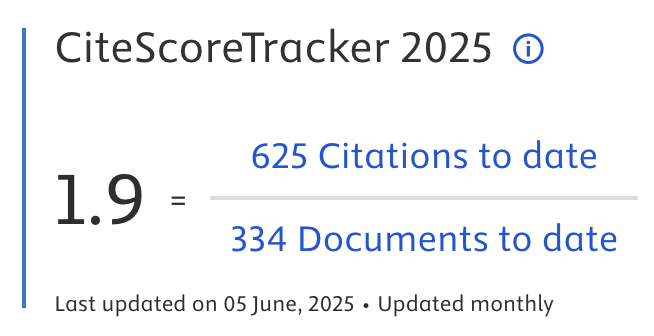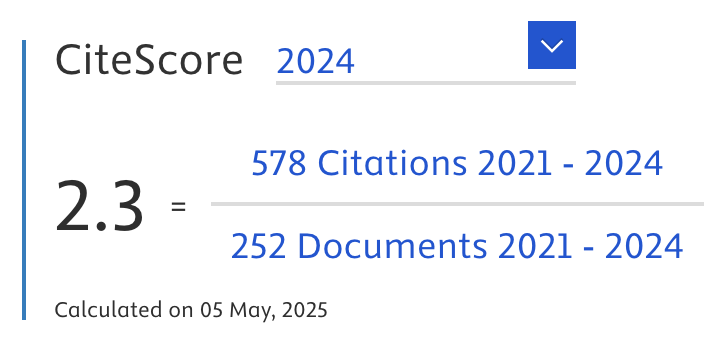Implementation of Apriori Data Mining Algorithm on Medical Device Inventory System
Abstract
The pattern of the need for drugs and medical devices in various hospitals has a tendency to be repeated and similar in a relatively long period of time, especially in one particular department, because the cases found are often similar or even similar. Ensuring the availability of stock in each departmental depot is very vital, because the procurement of medical devices must go through a certain process and time, so that cases of critical rheumatism often occur but the equipment needed at depositors does not meet the standards. need or run from inventory and must indent first. By calculating the trend of demand patterns and needs using an algorithm (Apriori Association) in the dataset, a rule is formed that in the pattern of dependence between itemsets that have supporting criteria in the form of 33.3% support and 85% Confidence, where the items that appear are items with frequency of occurrence and associations so that it can be taken into consideration to ensure the availability of drugs and medical devices.
Article Metrics
Abstract: 782 Viewers PDF: 395 ViewersKeywords
Full Text:
PDFRefbacks
- There are currently no refbacks.

Journal of Applied Data Sciences
| ISSN | : | 2723-6471 (Online) |
| Collaborated with | : | Computer Science and Systems Information Technology, King Abdulaziz University, Kingdom of Saudi Arabia. |
| Publisher | : | Bright Publisher |
| Website | : | http://bright-journal.org/JADS |
| : | taqwa@amikompurwokerto.ac.id (principal contact) | |
| support@bright-journal.org (technical issues) |
 This work is licensed under a Creative Commons Attribution-ShareAlike 4.0
This work is licensed under a Creative Commons Attribution-ShareAlike 4.0





.png)